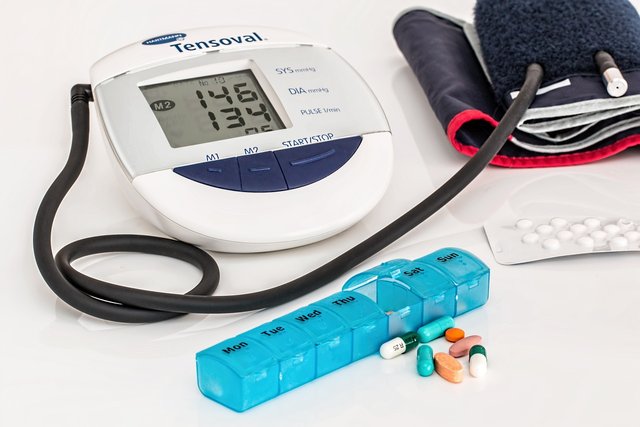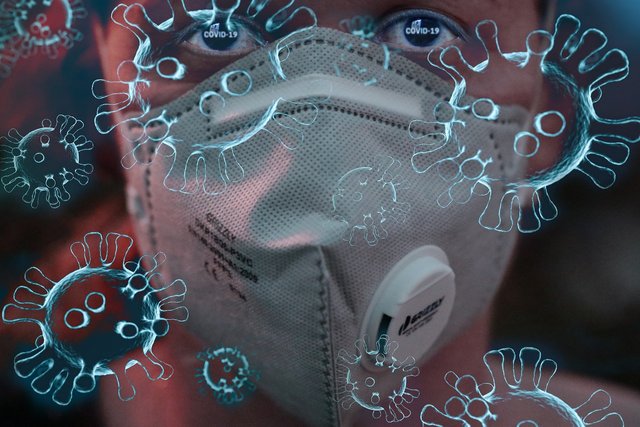Hello Friends,
You all are welcome to my blog. It is very important to know about diseases around our health. This time also @sahmie friend organized such a worth topic to give attention. Now it's time to my turn to submit my opinions here.

Although there are several ways that infectious diseases can spread, direct or indirect contact is the main way. Person-to-person transmission occurs via direct contact, which includes touching, kissing, and sexual interaction. Exposure to infected objects, surfaces, or droplets from sneezing or coughing is known as indirect contact. When germs are conveyed in aerosols or droplets and inhaled by others, airborne transmission takes place. Diseases are spread by insects such as ticks and mosquitoes, which are known as vector-borne transmission. Ingestion of contaminated food or water can result in the spread of infections through food and waterborne routes. Additionally, sharing needles or receiving blood transfusions contaminated with blood might result in bloodborne transmission.
Maintaining proper hygiene is crucial to stopping the spread of infectious illnesses. Germs that can be spread by touching objects or other people are eliminated by routinely washing your hands with soap and water. When sneezing or coughing, covering the mouth and nose helps stop the spread of pathogen-containing airborne droplets. Handling food properly avoids contamination, and sanitising surfaces lowers the chance of unintentional spread. Refusing to share personal goods like towels or utensils and avoiding close contact with sick people help prevent the spread of the illness. By breaking the cycle of transmission, these easy practices shield communities and individuals from illnesses.
When a contagious disease is suspected, getting medical attention is essential for prompt diagnosis, efficient treatment, and stopping the sickness from spreading to other people. Prompt medical attention can prevent the infection from getting worse, assist control symptoms, and lessen complications. Healthcare providers can advise patients on isolation protocols, prescribe the right medication, and teach them how to stop the spread of the infection. Tracing contacts is another benefit of early discovery that helps shield communities from epidemics. Ignoring symptoms or postponing treatment increases the risk of the disease spreading, putting susceptible people at danger and complicating containment.
Well, Examples of diseases that are contagious include
▪️malaria,
▪️HIV/AIDS,
▪️influenza,
▪️COVID-19, and
▪️tuberculosis.
Globally, these illnesses have had a significant impact on communities. For example, COVID-19 swamped healthcare facilities, resulted in millions of deaths, and caused significant disruptions to the economy because of lockdowns and limitations. Even though it is easier to treat now, HIV/AIDS wreaked havoc on populations throughout the 1980s and 1990s, particularly in sub-Saharan Africa. Tropical regions continue to have high rates of malaria, which puts a burden on healthcare systems and slows economic growth. In order to lessen their effects and stop extensive epidemics, each of these diseases emphasises the necessity of community collaboration, medical research, and public health initiatives.
Controlling communicable diseases requires the implementation of public health interventions like immunisations and quarantines. Through strengthening the immune system, limiting the spread of infection within populations, and fostering herd immunity, which shields those who are not vaccinated, vaccinations aid in the prevention of infections. In order to stop those who could be affected from spreading the illness to others, quarantine isolates them. This limits exposure and gives health systems more time to efficiently handle cases, which helps contain outbreaks. When combined, these actions lessen the overall impact of possible epidemics or pandemics, safeguard vulnerable people, and slow or stop the spread of illness.
Conclusion
Global health is greatly threatened by infectious diseases, but their spread can be effectively stopped by taking preventive steps like practicing good hygiene, becoming immunised, and seeking medical attention when needed. Containing epidemics requires the use of public health measures including public awareness campaigns and quarantines. Through promoting a group dedication to early detection and treatment, communities can lessen the effects of these illnesses and shield susceptible groups from extensive spread.
Invite to my steemit friends :- @simaroy, @rumaisha and @kunwal.
Best Regards
from Roshani


X share,
https://x.com/roshani96127111/status/1839669119563477222
Downvoting a post can decrease pending rewards and make it less visible. Common reasons:
Submit